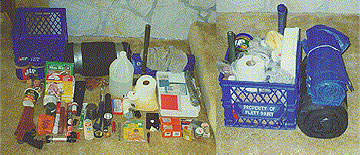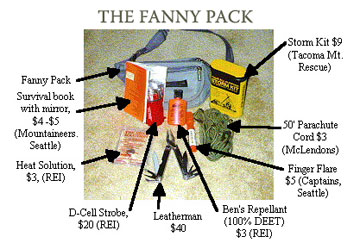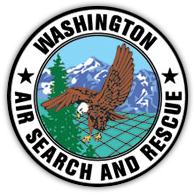Safety & Survival
TIP #1 – – – – – – – –
Always File a Flight Plan – at the very least with friends and family
If you are going out flying, whether for a couple hours or a cross-country flight, let your family or friends know your plans. Tell someone where you plan on going and when you plan to be back. Maybe even leave a written note in your vehicle at the airport to avoid confusion. THIS IS NOT a replacement for filing with ATC, but is a safety net. The first 24 hours of a search are vital and every minute that no one knows you are in trouble takes away from those crucial first 24 hours. If searchers have some idea of where you planned to go, it cuts down on time lost looking in the wrong area. These simple steps will greatly improve your chances of survival if the unthinkable should occur.
TIP #2 – – – – – – – –
Tell Friends Who To Call If You Go Missing
Besides letting your family and friends know your flight plans, also tell them who to call if you fail to return. Incredibly, some searches start hours later than they should because family and friends don’t know who to call when you are overdue. Give them the number of your local Flight Service Station. Another number to give is 1-800-WX BRIEF (1-800-992-7433).
TIP #3 – – – – – – – –
Carbon Monoxide Detector
Make sure you have a carbon monoxide detector on your instrument panel that is not out of date. They are inexpensive and could very well save your life.
TIP #4 – – – – – – – –
Fly The Plane!
If the unthinkable should occur and you are going to have to make an “off airport landing” (notice we did not call it a “crash”), fly your airplane all the way to the ground. Don’t throw your hands up in the air and close your eyes. This will not be helpful.
If you have a remote switch on your instrument panel to activate your ELT, turn it on well before reaching the ground. If you don’t have such a switch, seriously consider having one installed.
If you have a passenger in the front seat, have them put the seat as far back as it can go and make sure it is locked in place. Everyone should tighten their seat belts as snuggly as possible. If you don’t have them already, consider having shoulder harnesses installed for all occupants.
Once on the ground, try to verify that your ELT is running. (A hand-held is useful for this purpose.)
TIP #5 – – – – – – – –
CARRY SURVIVAL GEAR AT ALL TIMES!
EVERYBODY who flies in Washington should carry survival gear! WASAR members carry a full survival kit, such as the one below, in their aircraft at all times. The kit above was designed by Tom Jensen, a WASAR mission check pilot. Tom assembled this survival gear by starting with Canadian and Alaskan recommendations (including The Alaskan Airman’s Handbook), adapting their recommendations to our Washington environment, and then testing all of the equipment in the field. Everything works!

Since survival equipment stored on the aircraft may be destroyed in an off-field landing and fire, many WASAR members also carry a “fanny pack” on their persons that contains minimal survival equipment. Also designed by Tom Jensen, this minimal equipment could be just enough to save your life!

If you have questions or suggestions about the topic of survival gear, please contact Tom at: c180tom@eskimo.com. You will find him to be a wealth of information.
